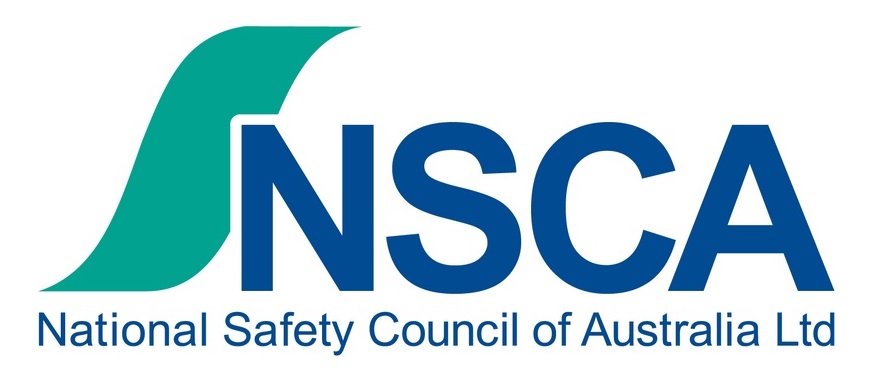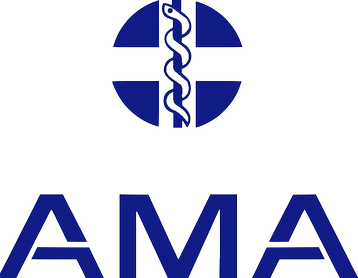Book in your Hazardous Substance Medicals today by contacting our medical reception nationally on 1300 880 804, simply CLICK HERE to get in touch with our team, or fill out the contact form at the bottom of this page, and we will assist you promptly.
Health Monitoring for Inorganic Lead under WHS Regulations
We prioritise the wellbeing of workers exposed to inorganic lead. Under the Work Health and Safety (WHS) Regulations, stringent measures are in place to ensure the safety and health of individuals engaged in lead risk work. Here, we outline the essential components of health monitoring for those involved in lead processes.






Before commencing work in an inorganic lead process, it’s crucial to gather comprehensive information regarding the worker’s medical history, including reproductive, neuropsychological, hematological, and renal aspects. Additionally, details about prior non-work-related lead exposure, medication history, and smoking habits are recorded.
A thorough physical examination, focusing on various systems such as gastrointestinal, hematopoietic, renal, cardiovascular, reproductive, and neurological, may be necessary, especially when respiratory protective equipment is required.
Biological monitoring involves regular assessments of blood lead levels, full blood examination, serum creatinine, routine urinalysis, and pulmonary function testing if exposure occurs via airborne lead fumes or dust.
Baseline health monitoring is mandatory before a worker starts lead risk work, with blood lead levels repeated one month after commencing the work. If lead risk work is identified after the worker starts, health monitoring must be initiated promptly, with subsequent blood lead level checks.
Baseline health monitoring is mandatory before a worker starts lead risk work, with blood lead levels repeated one month after commencing the work. If lead risk work is identified after the worker starts, health monitoring must be initiated promptly, with subsequent blood lead level checks.
Regular blood lead level testing is scheduled based on specific criteria, with increased frequency if the nature or duration of lead exposure changes significantly.
Workers exhibiting adverse symptoms or surpassing specified blood lead levels must be promptly removed from lead risk work until their levels decrease to safe thresholds. Pregnant or breastfeeding workers may have additional requirements for removal.
Return to Work and Final Medical Examination
Workers are permitted to return to lead risk work only after meeting established criteria and undergoing medical clearance. A final medical examination assesses any lingering health effects from lead exposure.
Potential Health Effects and Carcinogenicity
Inorganic lead exposure can lead to various health issues, including neurological, hematological, cardiovascular, and reproductive effects. Certain lead compounds are classified as carcinogens, necessitating careful handling and monitoring.

1. INTRODUCTION AND INITIAL MEDICAL ASSESSMENT PHASE OF NEW WORKERS IN LEAD RISK JOBS | |||||||
Monitoring Frequency | Action Required | Blood Lead Results (all workers except females of reproductive capacity) | Blood Lead Results (females of reproductive capacity) | ||||
Within 1/12 | New worker to receive basic information on health hazards of lead and specific training in safe work practices. Initial biological monitoring to be undertaken to determine baseline blood lead level. If baseline unexpectedly high, repeat. Initial medical examination to be performed and information given on health effects of lead specific to individual worker. | Baseline Baseline | Baseline Baseline | ||||
At 3/12 | Second medical examination If blood lead results –> THEN arrange next biological monitoring and medical examination in 3/12 OTHERWISE arrange next biological and medical examination in 6/52 | <1.4µmol/L | <30 µg/100mL | <0.5µmol/L | <10µg/100mL | ||
At 6/12 Or 4 ½ / 12 | Third medical examination Next biological monitoring according to blood lead results | ||||||
This initial induction and assessment of new workers is undertaken over a period of approximately six months. After this period the frequency of routine biological monitoring and medical examination is determined by the blood lead results. | |||||||
2. ROUTINE BIOLOGICAL MONITORING PHASE | |||||||
Every 6/12 | <1.4µmol/L | <30µg/100mL | |||||
Every 3/12 |
| 1.4-≥1.9 µmol/L | 30-≥40 µg/100mL | <0.5µmol/L | <10µgmol/L | ||
Every 6/52 | Review lead process control measures | ≥1.9µmol/L | ≥40µg/100mL | ≥0.5µmol/L | ≥10µgmol/L | ||
3. REMOVAL PHASE | |||||||
Remove from lead process | ≥2.4µmol/L* *Confirmed | ≥50µg/100mL* *Confirmed | ≥1.0µmol/L* *Confirmed | ≥20µg/100mL* *Confirmed | |||
If also pregnant or breast feeding and blood lead results –> |
| ≥0.7µmol/L* *Confirmed | ≥15µg/100mL* *Confirmed | ||||
As specified by authorised medical practitioner | Medical examination at which information given on health effects of lead specific to individual worker | ||||||
4. RETURN PHASE | |||||||
Medical examination. If satisfactory, return worker to lead process and resume routine biological monitoring | >1.9µmol/L* *Confirmed | <40µg/100mL* *Confirmed | <0.5µmol/L* *Confirmed | <10µg/100mL* *Confirmed | |||
Our commitment to ensuring the health and safety of workers exposed to inorganic lead remains unwavering. Through rigorous health monitoring, counseling, and adherence to WHS regulations, we strive to mitigate the risks associated with lead exposure and safeguard the well-being of all individuals involved in lead processes.
For further information or assistance, please contact our Occupational Health team.